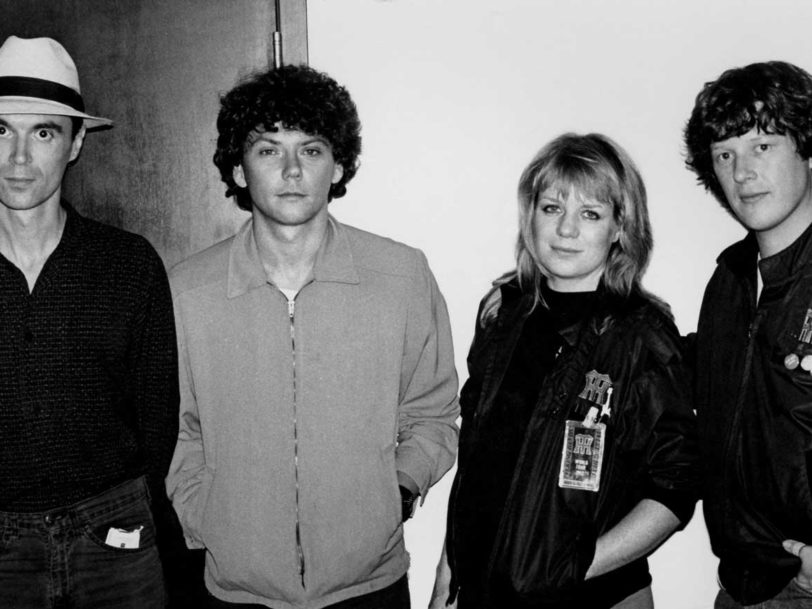7: Talking Heads re-formed… without David Byrne
In 1996, Talking Heads drummer Chris Frantz, guitarist and keyboardist Jerry Harrison and bassist Tina Weymouth got back together and recorded the album No Talking, Just Head under the name The Heads. In David Byrne’s absence, the group employed an eclectic range of guest vocalists, including Blondie’s Debbie Harry, R.E.M.’s Michael Hutchence, Happy Mondays’ Shaun Ryder, Maria McKee and Andy Partridge of XTC. The project was short-lived, though the band undertook a US tour in the autumn of 1996.
8: David Byrne has a parallel career as an advocate of cycling
While David Byrne’s passion for cycling might have drawn derision in New York in the late 70s and early 80s, the passing years have seen the world fall into step with Byrne’s thinking on the benefits of two-wheeled travel. In 2008 he designed a series of bicycle racks for the streets of New York, and the following year he published Bicycle Diaries, a book in which he uses his travels around the world on a folding bicycle as a jumping-off point for a series of typically witty and curious observations on modern living.
9: Tina Weymouth once called a limo for James Brown after a case of mistaken identity
In Remain In Love, Chris Frantz recounts an encounter with the mercurial James Brown after Frantz and Weymouth crossed paths with the funk pioneer while he was recording 1988’s I’m Real album at Sigma Sound Studios, New York: “He was in good spirits and when Tina asked him how it was going he said, ‘Going great! You know, you are all my children.’ Then his assistant, thinking she must work for the studio, gave Tina a piece of paper with a phone number on it and told her to call Mr Brown’s limo for him. Tina did so with pleasure. After all, it’s not every day you get to do something in return for the Godfather Of Soul.” Franz and Weymouth had previously namechecked James Brown in their 1981 Tom Tom Club hit, Genius Of Love.


